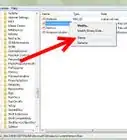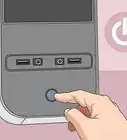This article was co-authored by wikiHow staff writer, Jack Lloyd. Jack Lloyd is a Technology Writer and Editor for wikiHow. He has over two years of experience writing and editing technology-related articles. He is technology enthusiast and an English teacher.
The wikiHow Tech Team also followed the article's instructions and verified that they work.
This article has been viewed 647,854 times.
Learn more...
This wikiHow teaches you how to remove unnecessary entries from your Windows Registry. Keep in mind that the Registry is an extremely sensitive archive that documents every process and setting on your computer, so deleting entries from it can result in anything from minor errors to a bricked computer. Only edit the Registry if you're confident you won't remove something important.
Steps
Preparing to Clean the Registry
-
1Understand the consequences of editing the Registry. The Windows Registry stores information about every process, program, and setting on your computer, so removing the wrong entry can result in your computer failing to work properly.
-
2Know the safest way to clean the Registry. Unfortunately, cleaning the Registry by hand isn't safe, and following the steps in this article may not result in your computer speeding up or resolving corrupted Registry entries due to the limited approach you'll have to take. If you want to clean your Registry in an effective, thorough manner without deleting anything important, use the Registry Cleaner app instead.Advertisement
-
3Understand the process you'll use to manually clean the Registry. The best way to clean the Registry without using a program is by placing your computer in Safe Mode. This will prevent other programs from interfering with your cleaning, becoming corrupted, or making changes to your computer.
-
4
-
5Back up your computer. If you accidentally corrupt your computer's Registry, you may need to restore your operating system from a backup.
-
6Back up the Registry. To do so:
- Open the Registry Editor by typing regedit into Start and then clicking regedit.
- Click File in the top-left corner.
- Click Export... in the drop-down menu.
- Enter a name for your Registry backup.
- Check the "All" box on the left side of the window.
- Click Save.
- Wait for the Registry to finish exporting (this can take several minutes, and the Registry Editor may freeze).
Entering Safe Mode
-
1
-
2
-
3Hold down ⇧ Shift while clicking Restart. You'll find Restart in the pop-up menu. Do not stop holding down ⇧ Shift until instructed to do so.
-
4Release ⇧ Shift when the blue screen appears. Once the screen turns blue, you can release the ⇧ Shift key.
-
5Click Troubleshooting. It's in the middle of the screen.
-
6Click Advanced Options. You'll find this next to an icon that resembles a set of tools.
-
7Click Startup Settings. It's in the middle of the screen.
-
8Click Restart. You'll find this at the bottom of the screen.
-
9Select the "Safe Mode with Networking" option. Press the key that corresponds with the number to the left of the "Safe Mode with Networking" prompt (usually the 5 key) to do so. Your computer will restart into Safe Mode, after which point you're free to begin cleaning out the Registry.
Opening the Registry Editor
Cleaning the Registry
-
1
-
2Expand the "SOFTWARE" folder. You'll find a list of folders related to your installed programs in here.
-
3Find a folder for an unused program. Since the only files you can safely delete are ones pertaining to programs you've already uninstalled, you'll want to find a folder that matches the name or company of a program you no longer use.
- You may have to expand the folder of a company (e.g., "Adobe") to see a list of related program folders.
-
4Right-click the folder. Doing so prompts a drop-down menu.
-
5Click Delete. It's in the drop-down menu.
-
6Click Yes when prompted. Doing so deletes the Registry entry.
-
7Repeat this process for other programs you recognize. Once you're finished deleting the folders of programs you've already removed, you can proceed.
-
8
Using the Registry Cleaner App
-
1Install the Registry Cleaner app. This app can help guide you through cleaning your Registry by scanning for corrupted or unnecessary files, determining which ones are safe to remove, and removing them as needed. To install it, do the following:
- Go to http://www.auslogics.com/en/software/registry-cleaner/ in your computer's web browser.
- Click Download now.
- Double-click the downloaded setup file.
- Click Yes when prompted.
- Click Click to install.
- Uncheck the offered software's box and click Decline (you may have to do this several times).
- Wait for the app to finish installing.
-
2Open the Registry Cleaner. Click Finish once the Registry Cleaner finishes installing, then click Yes when prompted.
-
3Click Settings. It's a tab at the top of the window. A drop-down menu will appear.
-
4Make sure "Back Up Changes" is checked. In the Settings drop-down menu, you'll see a "Back Up Changes" option which should have a checkmark to the left of it. If this option isn't checked, click it to check it.
-
5Click Scan Now. This option is at the bottom of the window. Registry Cleaner will begin scanning your Registry for bad entries. When the results display, you can proceed.
-
6Click Repair. It's at the bottom of the window. Doing so causes Registry Cleaner to remove any unnecessary or corrupted entries.
- This can take anywhere from a few minutes to over an hour depending on how bloated your Registry is.
-
7Restore your Registry settings if necessary. If your computer begins acting different or displaying errors for normal processes, you can restore your Registry by doing the following:
- Click File.
- Click Rescue Center.
- Select the most recent backup.
- Click Restore.
Community Q&A
-
QuestionHow do I delete a registry entry for Visual Studio 2010?
 Community AnswerYou can probably use the program CCleaner for this, as there is a section to delete registries.
Community AnswerYou can probably use the program CCleaner for this, as there is a section to delete registries. -
QuestionWhat do I do if I get a notification that my Kindle's file is broken and I to run chskdsk, but it won't run?
 Community AnswerIgnore it, if you can. Make sure to safely remove your Kindle (and any USB device, for that matter) by ejecting it! Doing so will often fix those issues. You can also delete your USB controller from the device manager and restart your workstation/computer, and that'll reload the USB logs.
Community AnswerIgnore it, if you can. Make sure to safely remove your Kindle (and any USB device, for that matter) by ejecting it! Doing so will often fix those issues. You can also delete your USB controller from the device manager and restart your workstation/computer, and that'll reload the USB logs. -
QuestionHow can I erase raw registries from my computer in windows 07?
 Community AnswerJust follow the steps in this article. However, it's recommended to always backup your registry first and only do it if you know what you're doing.
Community AnswerJust follow the steps in this article. However, it's recommended to always backup your registry first and only do it if you know what you're doing.
Warnings
- Editing the Registry is not recommended for the majority of users since one wrong move can damage your computer.⧼thumbs_response⧽

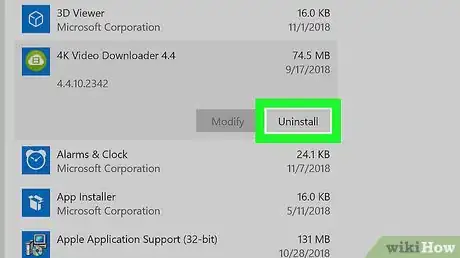





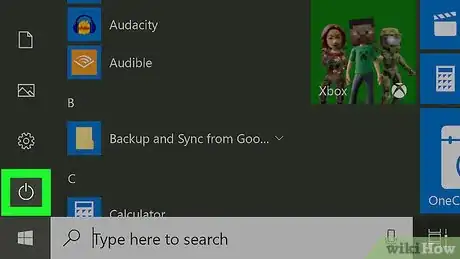









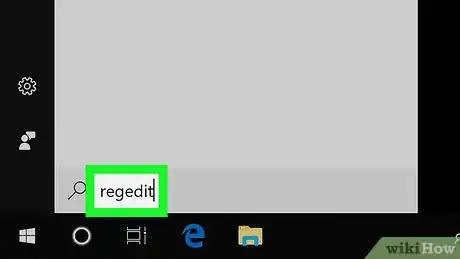




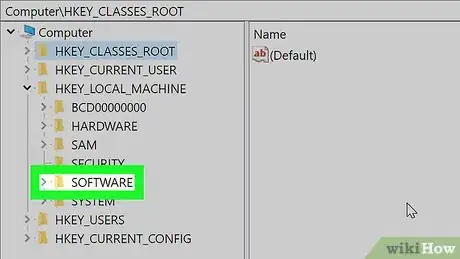












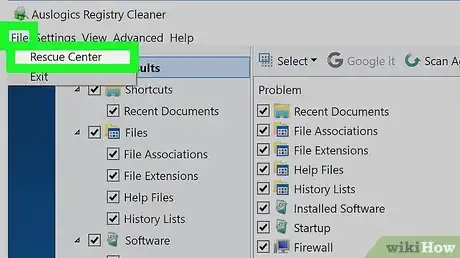
-Step-14-Version-4.webp)

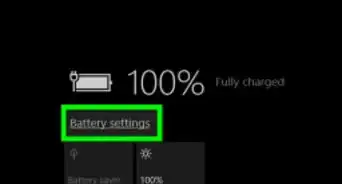
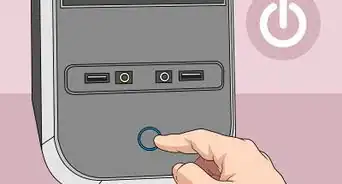
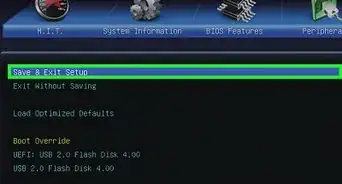
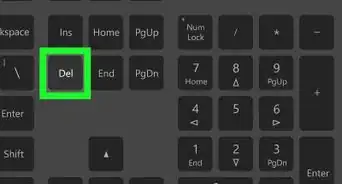
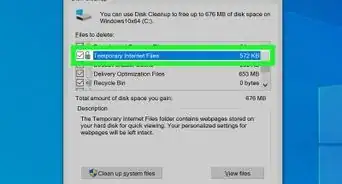
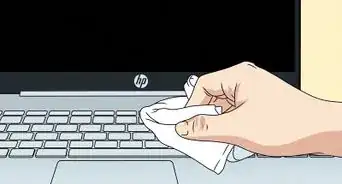
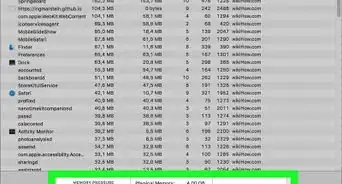
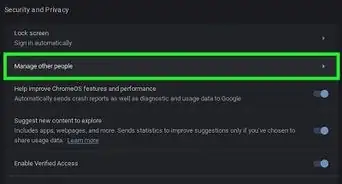
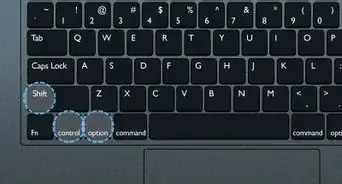
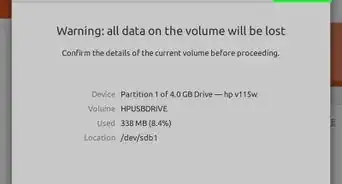
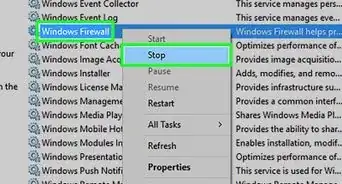
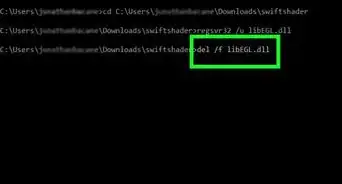









-Step-14-Version-4.webp)
